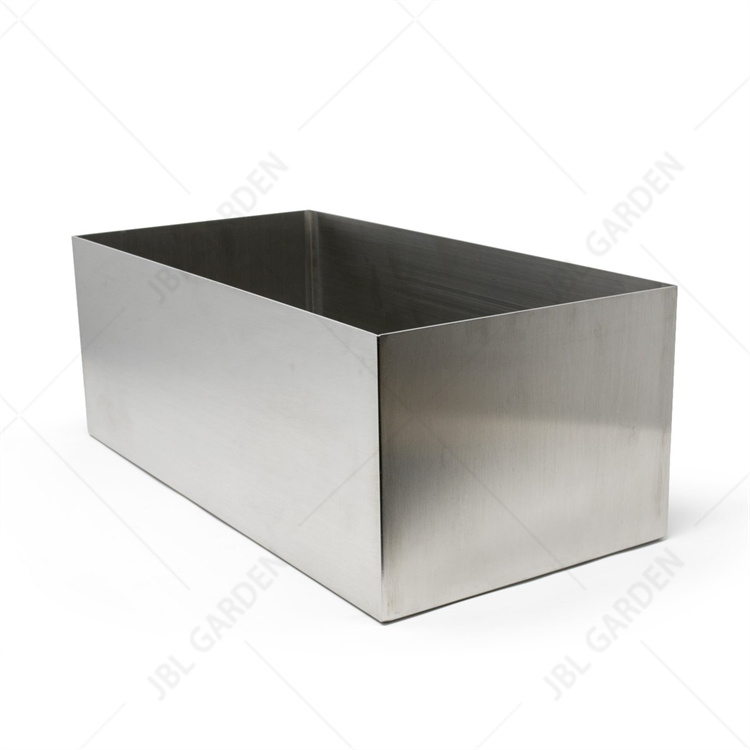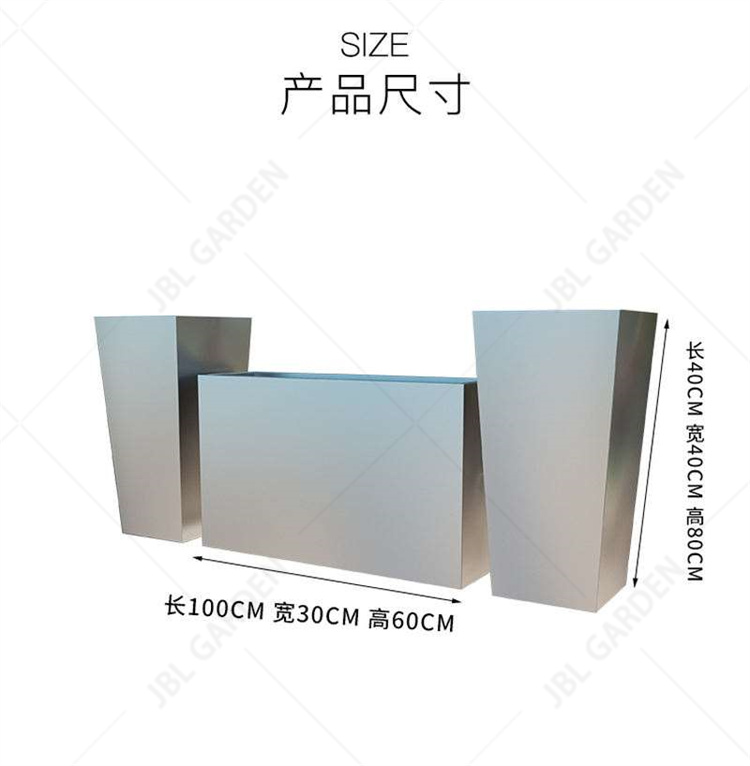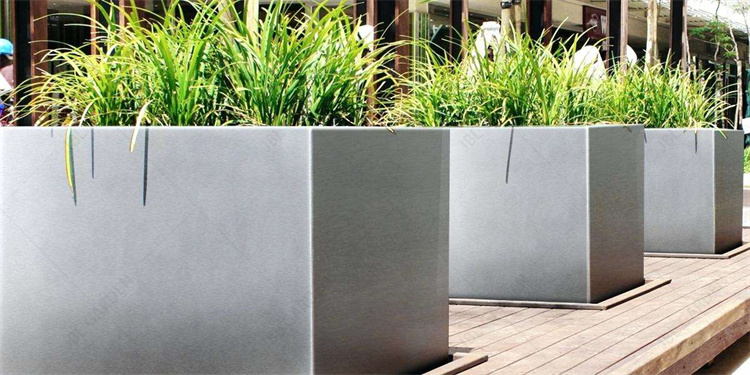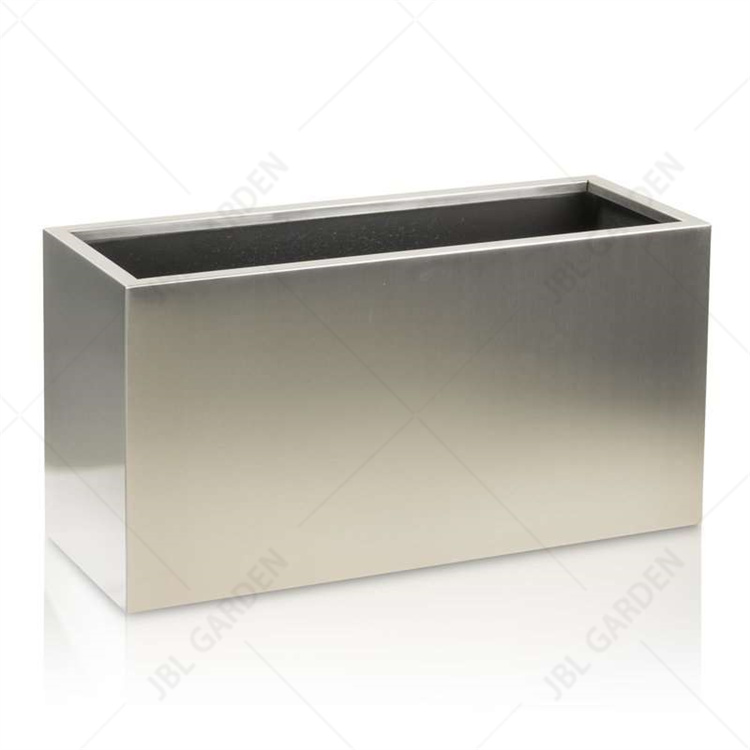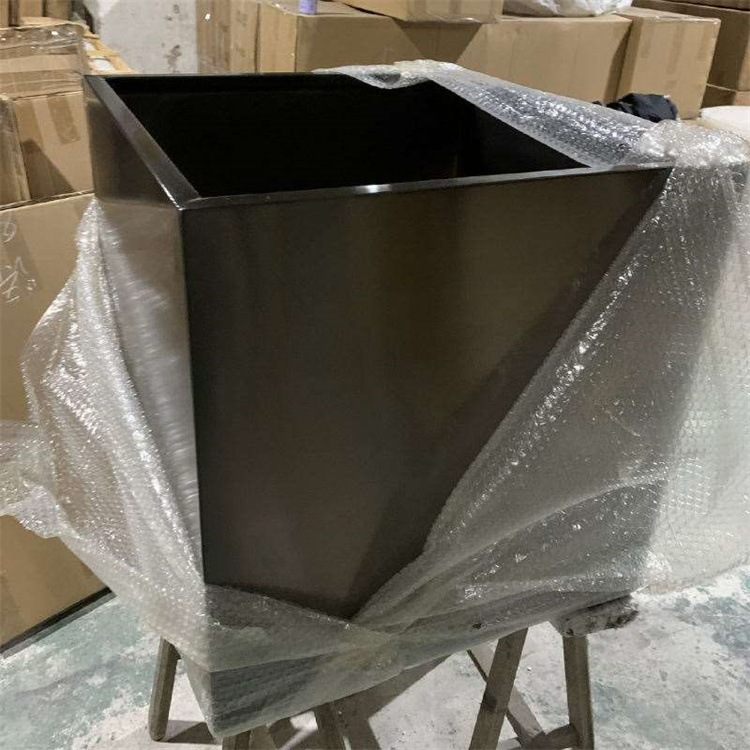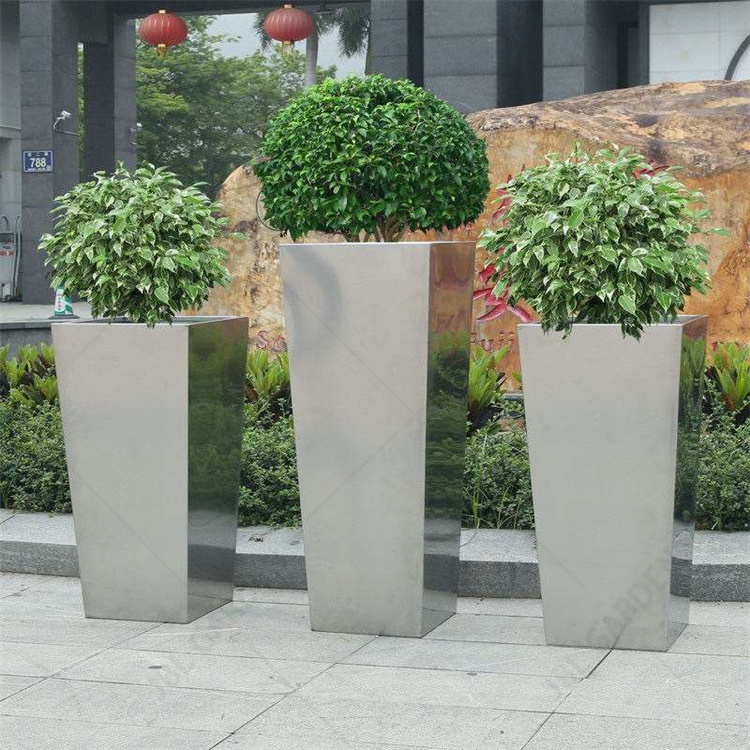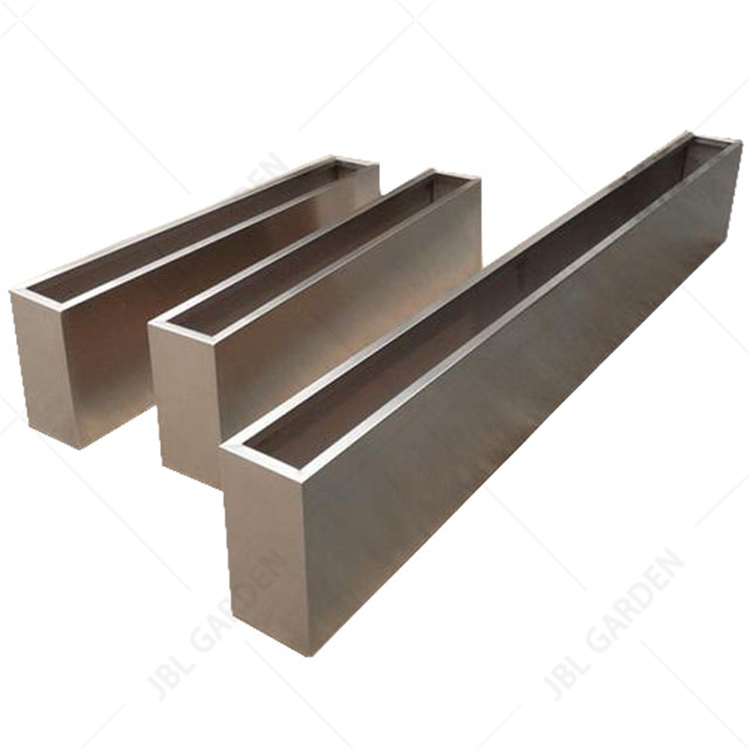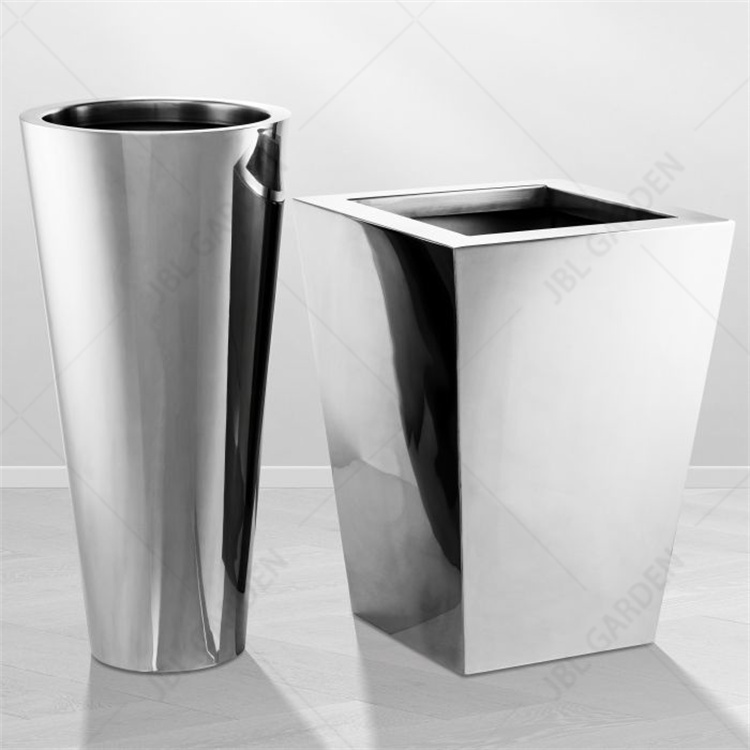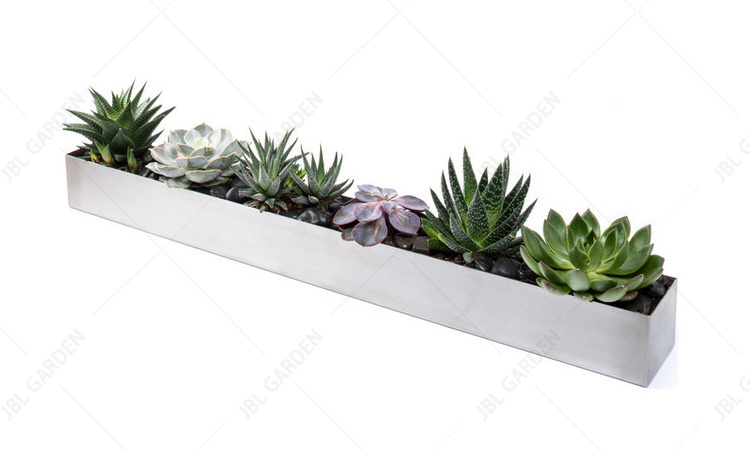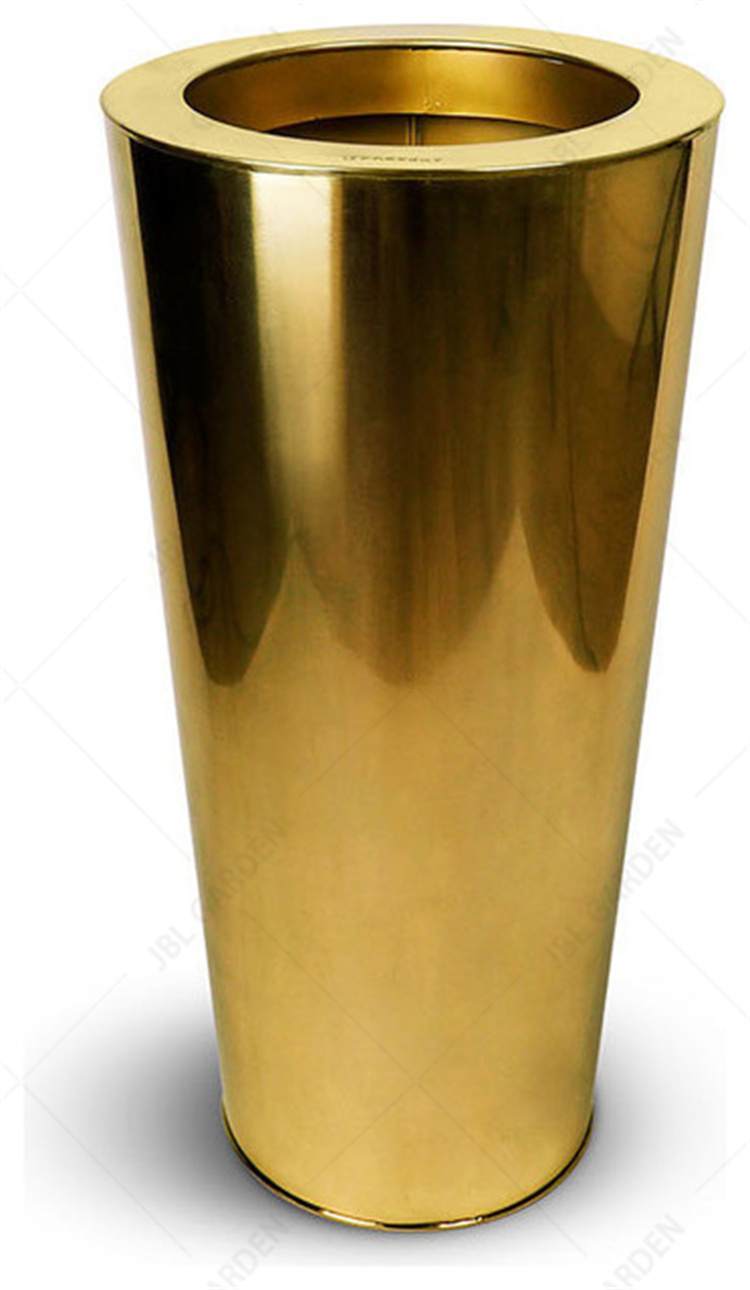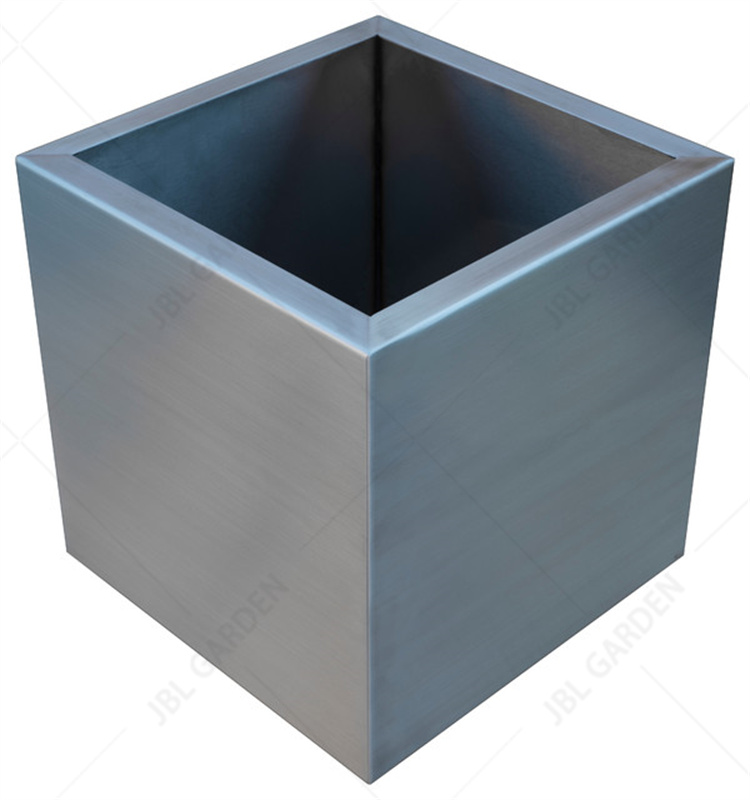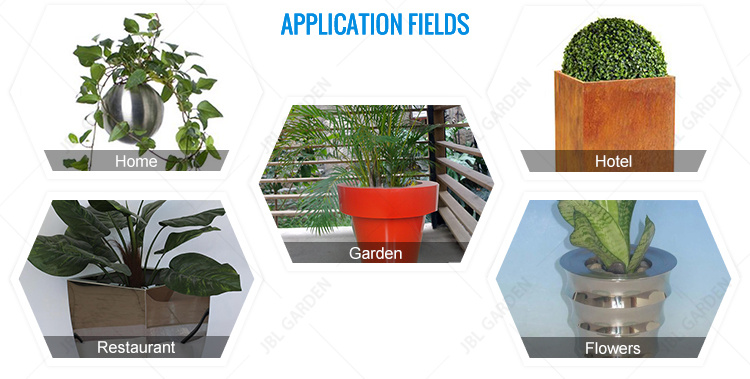Mercury is a persistent toxic pollutant that can be exchanged between the surface and the atmosphere. Its atmospheric sources include natural and anthropogenic sources. Recent studies have shown that natural source emissions account for 2/3 of the total global emissions to the atmosphere. Due to the limitations of current measurement methods, the estimation results of different scholars vary greatly. The research methods of ground-air mercury exchange flux mainly include: dynamic flux box method, micrometeorology method, laser method and so on. Because the measurement is simple and can be applied to different types of surface, the dynamic flux box method is widely used by the academic community and is also the main source of current estimation research data. However, the traditional dynamic flux box method isolates the surface from the atmospheric environment, and the measurement results are only carried out at a fixed frictional wind speed, which cannot truly reflect the environmental factors that affect the flux, and therefore can not truly reflect the mercury exchange between the ground and the air . The team of Feng Xinbin, a researcher of the Institute of Geochemistry, Chinese Academy of Sciences, and the research team of Professor Che-Jen Lin of Lamar University in the United States have established a new kinetic flux box method for quantitative determination of mercury exchange between surface soil and atmosphere. This method simulates and designs the internal flow field of the flux box to quantify the ground friction coefficient inside the flux box, and then relates the friction coefficient of the ground surface in the real atmospheric environment to the measured flux of the new flux box through model calculation. The experimental results show that the new flux box can obtain a stable internal flow field. This study is the first to propose a design to obtain a controllable flow field, and its measurement results can be modeled with the atmospheric surface friction coefficient. Through model calculation, under the environment of high friction wind speed, the traditional dynamic flux box underestimates the amount of surface release to the atmosphere (1-3 times). This study greatly reduces the uncertainty of traditional measurements and is of great significance for accurately estimating mercury emissions from natural sources. Related papers have been published in Environmental Science & Technology (2012. 46 (16): 8910-8920). The research was supported by the National Natural Science Foundation of China and Wang Kuancheng's Scientific Research Award Fund. Traditional and new kinetic flux boxes for measuring flux response to flow velocity and internal flow field simulation Stainless Steel Flower Planter Great way to bring the outdoors into your space. Plant pots are perfect for growing succulents, grass, and small plants.
* EASY TO CLEAN: Like most stainless steel, finger prints and water spots may show. Simply use a damp towel, or a little window cleaner will take care of it. The plants depicted in the picture are not included with the purchase.
We also offer other steel materials,like Corten Steel Flower Planter,galvanized steel flower pots.
Stainless Steel Flower Planter,Garden Plant Pots,Flower Pot Holder,Metal Plant Pots Henan Jinbailai Industrial Co.,Ltd , https://www.gardensteelarts.com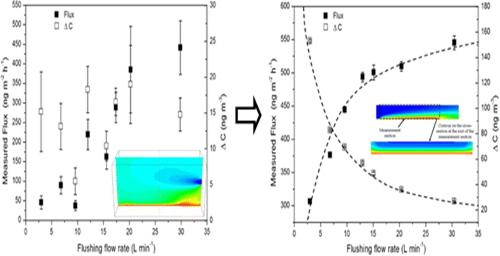
Contemporary Industrial Style - Stainless steel Flower Planter fits into any home décor with the simple shape and stainless steel material.
Included (4) low profile rubber pads - Easy to install, provides increased stability, and protects metal plant pots and the surface that you place it on.
The Stainless Steel garden pots helps you bring home a clean and sleek designer look. Perfect on the window sill, counter top, Fireplace mantle, and as a table's centerpiece. The heavy duty stainless steel is hand welded to ensure a water tight enclosure.
